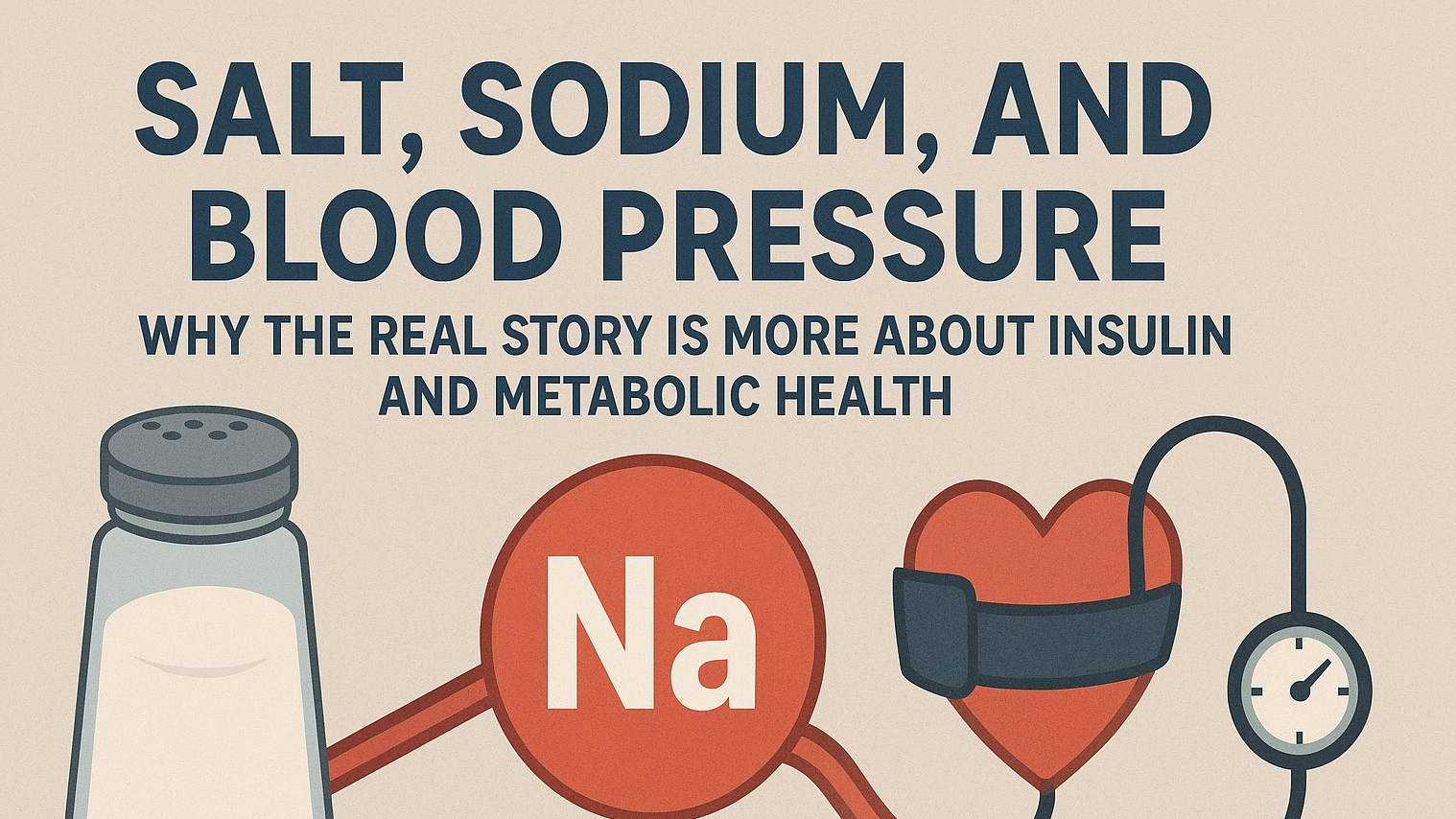
Day 8: Plank
Targets: All core muscles, hips, back, shoulders
Get Started: Begin in a tabletop position on a mat. Keeping the upper body still, extend the left leg and then the right leg behind your body so that you are now balanced on your toes and your hands. Your elbows are directly under your shoulders and your forearms are facing forward. Everything from the crown of the head to the heels should be extended in one long, strong line. Keep the abdominals engaged and make sure the shoulders don't creep up towards your ears. Hold this position for 15 seconds initially, and gradually work up to 30, 45, or 60 seconds.
Modification: You can also do a forearm plank which is slightly easier than a regular plank. Start on hands and knees on an exercise mat. Lower your forearms to the floor, hands shoulder-width apart with palms down and elbows positioned under your shoulders. Your arms should be at a 90-degree angle. Step feet back one at a time, balancing on the balls of your feet and your toes. Keep your core tight and body straight from head to toes.
If the forearm plank is too challenging, perform the plank from your knees instead of toes. Hold the exercise for a shorter period of time.
Day 9: Side Plank
Targets: Core, obliques (side abs), abductors (outer thigh/glutes), adductors (inner thigh)
Get Started: Lie on your right side on an exercise mat with legs extended (right leg will be placed directly on left leg, feet stacked). Place right elbow directly under shoulder and keep your head and spine neutral. Your right hip and knee should remain in contact with the floor. Engage core and lift your hips and knees off the floor, straightening your arm. Hold this position for a determined amount of time. Repeat on the other side. You can also access this pose through plank position (see Day ?.
Modification: Perform exercise with slightly bent legs and not allowing knees to lift from the floor.
Day 10: Push-Up to Side Plank
Targets: Chest, back, arms, core
Get Started: Start in push-up position with your arms shoulder-width apart from the toes. Perform a push-up (see Day 3) keeping your body straight. As you push up, shift your weight to the left side of the body, keeping the core tight and reaching with the right hand toward the ceiling and briefly holding a side plank position. Lower the right arm back to start position and repeat the exercise alternating to the other side.
Modification: Perform exercises individually from knees using an exercise mat.
Day 11: Side Plank With Leg Lift
Targets: Core, obliques, shoulders, back, hip abductors (outer thighs/glutes)
Get Started: For this full body toning move, start on your right side (use an exercise mat) and support the upper body on the forearm. Your elbow should be bent and positioned directly under the shoulder. Legs are extended straight with feet stacked. Keeping your body straight and core tight, lift your body off the floor, resting the left hand on hip or extended to the ceiling. Lift your left leg just above the hip keeping foot flexed. Slowly lower to the right leg. Perform exercise for a determined amount of reps. Repeat on the other side.
Modification: Perform exercise with bottom leg bent and knee remains on the floor (as pictured). Maintain hand on your hip.
Day 12: Squat Kick
Targets: Glutes, hips, quads, hamstrings
Get Started: Stand with your feet shoulder-width apart. Hold your hands in a fist (boxing position to protect your face). Squat back with your weight resting on heels, lift your right knee and kick forward driving through the heel. Return to the starting position and repeat on the other side. This exercise can be maintained on one side for a determined amount before switching to the other side.
Modification: Perform front kicks without a squat.
Day 13: Plyo Jack
(if female over 50, I recommend not jumping. So tap out your feet and tap back in quickly)
Targets: Hip abductors (outer thigh), hip adductors (inner thigh), glutes, shoulders, core, calves
Get Started: Stand with feet hip-distance apart and push butt back slightly. Bend at knees, preparing your body to explode off the ground extending legs to the sides with arms up overhead and returning to start position in one motion.
Modification: Perform without extending arms overhead.
Day 14: Bent Over Leg Lift
Targets: Glutes, hips, thighs, core
Get Started: Stand with legs shoulder-width apart, bend over slightly, keep core tight and back straight, place hands behind your back, bear your weight on the right leg, and extend left leg to the side resting on the toe. Sit back in a slight squat, lifting left leg to the side with a flexed foot in one motion. Lower left leg back to resting position. Perform the exercise for a determined amount of reps. Repeat on the other side.
Modification: Perform exercise using a chair or counter for an assisted spot.
 Add Row
Add Row  Add
Add 










Write A Comment